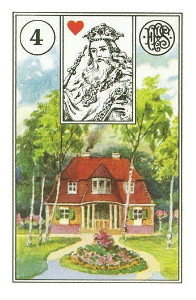
The origin of the House is the Sun, Constancy, and it speaks of nurturing, psychic energy, a Transmission of the Divine into a life- form called Beta B. The House in a Phoenician language is called Sojouin, maga, Magh- magos (Sanskrit) and the exact translation is the unification of gamAgamakArin within you, with the PowerPoint (Bindu), the cosmic centre. Consciousness is assured by the Emperor known as Ra or Ind-Ra subatomic particle, by stabilising the Physical Plane, Heaven or Consciousness of the Divine Mind.
The other name of the house is Solomon Temple: Sol comes from the Romans, who continued to worship several sun gods, but they replaced the Greek word for sun, Helios, from Sanskrit hema, gold and heli embrace, with the Latin Sol, a root word that continues to refer to the sun in the present day, such as in the term solar system, from Sanskrit saura, solar and divine, Son of the Sun, right eye, etc. Therefore, Solomon derived from saura and mon from manus, meaning solar man, the temple of the universe.